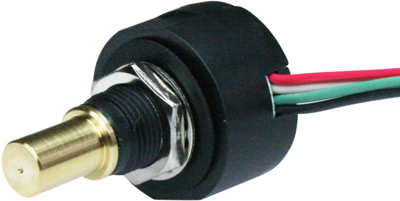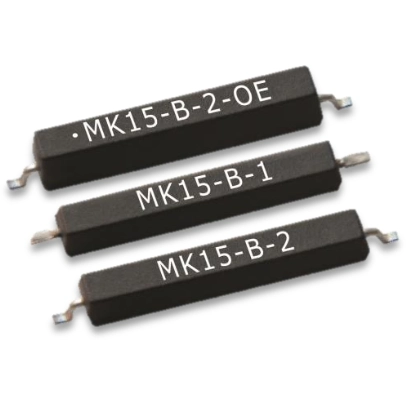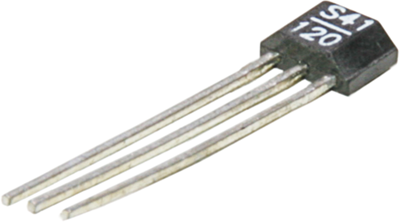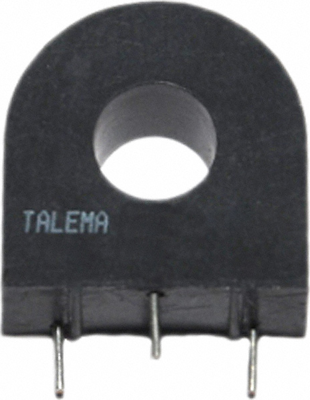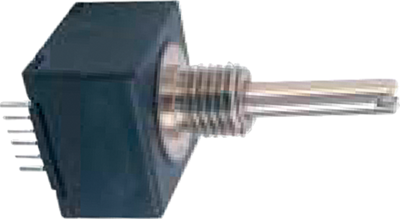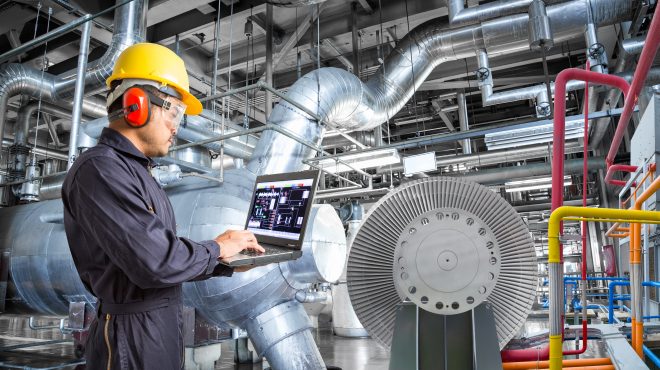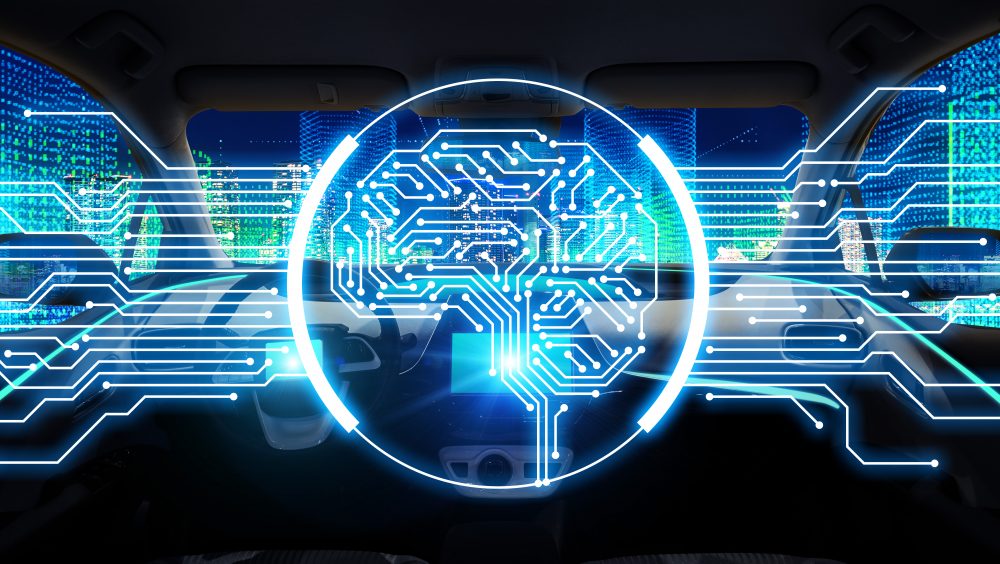
Sensitive Electronics for Future Mobility: Sensors for Autonomous Driving
Automation is making its way into almost every area of life. This includes the way people get around. The mobility of the future is characterized more than ever by technology - recognizable, for example, in the field of autonomous driving. Find out now what requirements the individual components have to meet in order to meet the expectations for the automation of mobility.
Power-efficient sensors for autonomous driving
Safety in both data collection and analysis is key with regard to autonomous driving. To be an integral part of road traffic, modern vehicles with high technological safety standards are moving further into focus. The basic idea is simple: The vehicle should be able to perceive the influences of the environment with the help of sensors. To this end, the vehicles are technologically capable of collecting and interpreting data in order to be able to react to the respective situation if necessary.
Now, the automation of mobility is not a stand-alone conversion stage for vehicles, but an ongoing process. This can be categorized according to various development stages. Associated with this are technological and constructional characteristics of sensors:
- compactness
- precision
- low weight
- durability
Also relevant are short transmission times of data from the time the information is acquired to the implementation of the corresponding action. The question: which sensors are relevant for which expansion stage of autonomous driving?
The five stages of autonomous driving
Each expansion and automation stage of mobility is characterized by specific features and properties. This is accompanied by different requirements for the technology needed. Sensors for data transmission at the fifth development stage must meet different standards than electric components for assisted driving. The five development levels of automated driving are examined in more detail below.
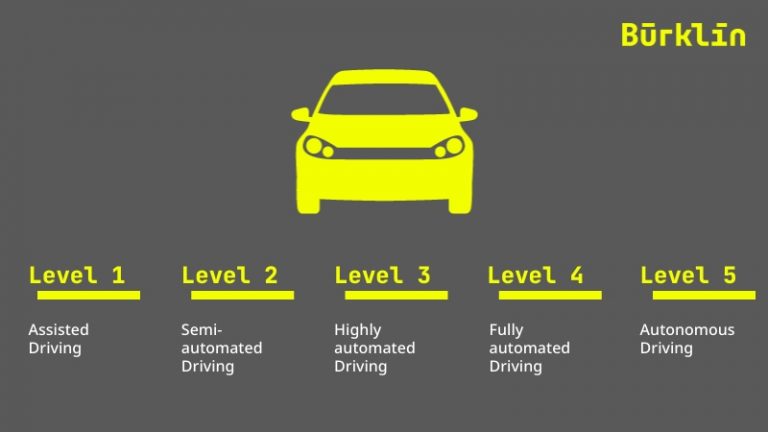
Level 1: assisted driving
The first technological level has already been an integral part of vehicles for many years. This includes individual features such as cruise control or driver assistance systems, for example stop-and-go function, proximity control, personal and vehicle warning, or lane departure warning systems. In this development stage, the driver still has the steering firmly “in his hands” and is “merely” informed about changes in and around the vehicle.
In the Level 1 development stage of autonomous driving, the ultrasonic sensor is probably the most common sensor in vehicles. By emitting an acoustic signal, distances are measured – for example when parking or changing lanes to prevent collisions. In terms of their function, ultrasonic sensors are comparatively fewer complex components. However, they are robust in design and inexpensive to purchase.
Level 2: Semi-automated driving
This category includes driver assistance systems that combine two technologies. This means that the vehicle can perform some driving manoeuvres independently (for a short time) – for example, automatic parking. In this case, the on-board computer takes control for a short period and steers the vehicle. The driver is responsible for monitoring the automated process.
A radar in the vehicle allows distances and speeds to be measured. The performance of the sensors varies: some are suitable for detecting objects up to 30 meters away.
Level 3: highly automated driving
The second and third development levels of automated driving do not differ fundamentally in terms of the features in the vehicles. What is different, however, is the technological precision with which the manoeuvres are executed. The technology must be far more advanced for highly automated driving than for partially automated driving. This requires numerous sensitive sensors and smart algorithms. The purpose: to collect, evaluate and process the information obtained in real time.
Automakers use radar sensors with range measurements of up to 250 meters. These are used in driver assistance systems that serve to control distance and activate the emergency braking system depending on the situation. Lidar is used for more precise measurements. Instead of electromagnetic, lidar technology works with optical signals.
Lidar sensors emit a beam of light to detect objects (for example, pedestrians or other vehicles). The technology is used in emergency brake assistants, which are also suitable and approved for urban traffic.
Level 4: fully automated driving
At this level, there are so far only prototypes that have not yet been approved for road traffic. Fully automated vehicles should be able to master complex traffic situations (for example, city driving, highway traffic or interurban driving) independently. This also increases the technological demands on the system. The closed circuit “vehicle” functions largely autonomously, without the driver’s intervention being necessary.
In order to analyse the environment in the best possible way, the industry uses a special form of lidar – so-called laser scanners. By integrating rotating mirrors, a 360-degree survey of the environment is possible.
Level 5: Autonomous driving
At the fifth level, the driver becomes a passenger and does not assume any active function in manoeuvring through traffic. The vehicle virtually guides itself. Performance-efficient systems and components that are capable of recording and processing the immense volumes of data will become relevant. After all, individual sensors deliver comparatively inaccurate data.
The more sensors are linked together, the more precise the information the vehicle receives and the more accurate the evaluation of the data obtained. As a result, the accuracy of commands to the automobile increases, and driving becomes safer for passengers.
At the highest level of development, it will no longer be possible for the vehicle to collect environmental data alone. The idea is to link the environment and the vehicle. This means a move away from the classic “one-way communication” of automobiles to complete networking with the environment.
The term “Car-2-X technology” refers to a move away from autonomous external positioning by classic sensors toward cooperative external positioning. This means that it is not the vehicle that collects the data when an object moves on the road, but the object itself that sends the information to the car.
Further technological components for autonomous driving
For the expansion of autonomous driving, car manufacturers rely on more and more technological components such as sensors, power-efficient cables and wires, connectors, etc. For the fifth expansion stage, another factor plays a decisive role. What is meant is a power-efficient fibre optic network that allows smooth communication of large amounts of data. Bürklin Elektronik provides components required for 5G and fibre optic networks – you can find the individual elements in the online store.

